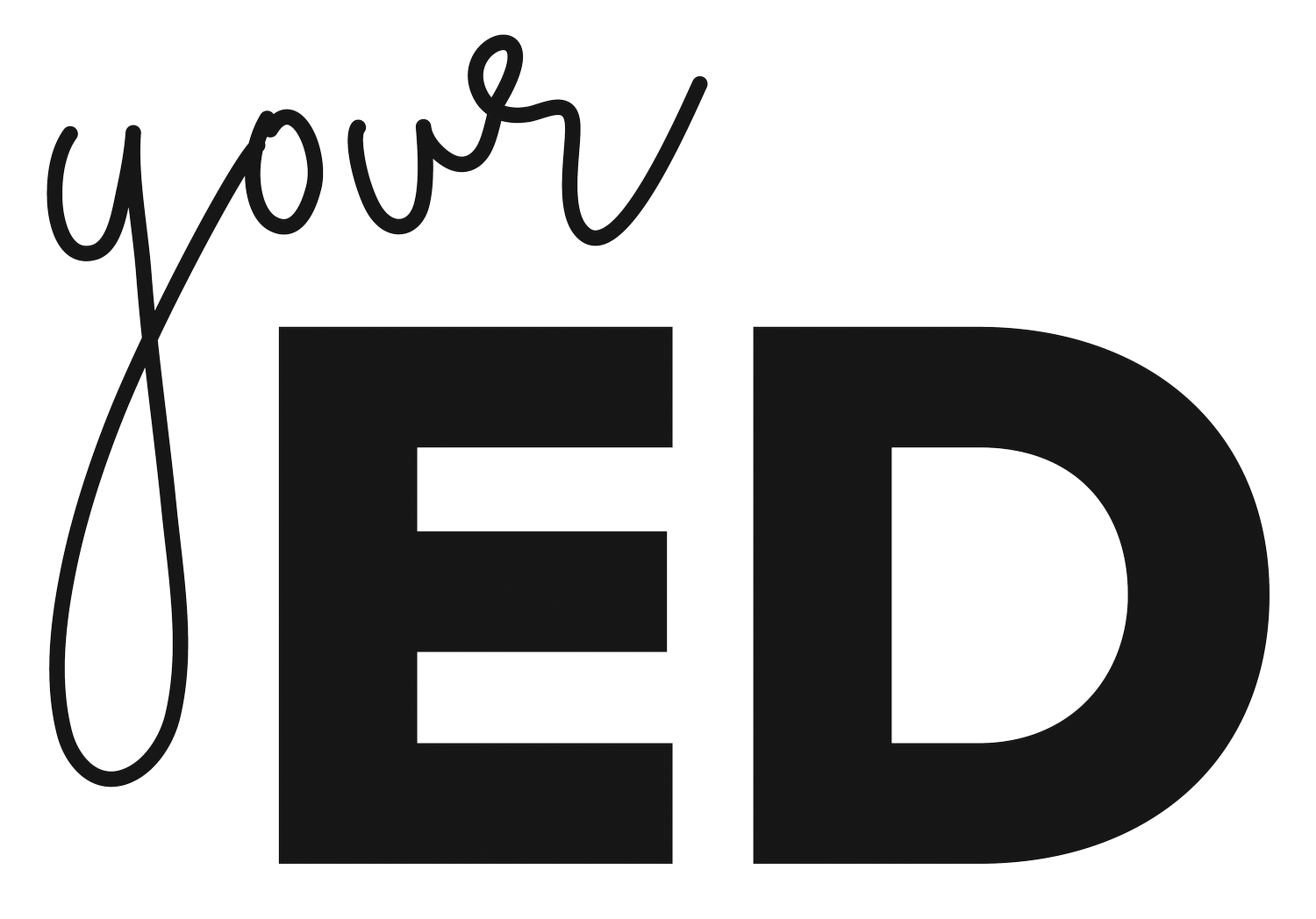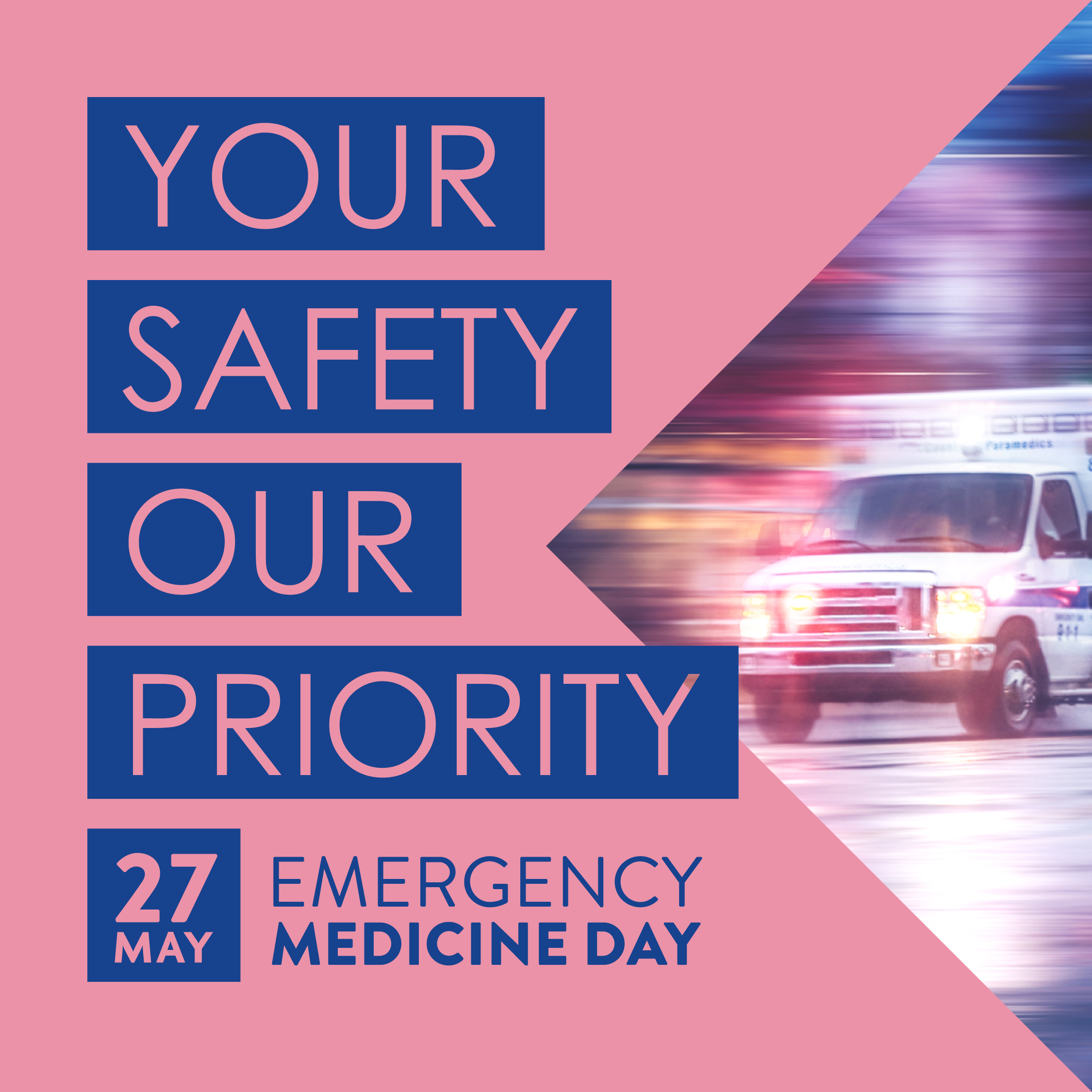Using your sphere of influence
As a doctor, and a human, I am passionate about caring for older patients for many reasons, firstly being that I enjoy spending time with them.
I also feel they, the generation preceding us, deserve the best care possible after caring for us, and the idea that doctors can have a large impact on a vulnerable population with small actions is incredibly rewarding to me.
As a new Fellow, I was given fantastic advice by a consultant I admired. I had worked with them as a junior doctor and they influenced my choice to specialise in emergency medicine, so their advice mattered. They told me, “It’s all about your sphere of influence. Change what you can change, don’t bang your head bloody against a brick wall – it will only result in personal harm.”
The phrase ‘sphere of influence’ has been used in political, activist and leadership contexts. I use the phrase from a leadership perspective. Our sphere of influence encompasses the issues that we might be able to affect, but not directly control. By developing an understanding of ourselves, the system, and the people around us, we can then use our passion to inspire others to work toward achieving shared goals.
“I felt a younger, severity-matched patient might have been allocated a higher triage; a younger, severity-matched patient might have been transferred to an acute or resuscitation cubicle; a younger patient would have asked for analgesia, or water, or something to eat, or would have been able to get it or advocate for themselves. ”
I tried to absorb this consultant’s advice and make it a part of me, to shore up my energy and enthusiasm using my sphere of influence as part of my burnout safety blanket.
I remember a defining case where I realised my sphere of influence was smaller than I had anticipated.
I recognise not all my colleagues will feel the same degree of passion in caring for older persons – after all, we have different areas of particular interest – but this was the moment I began understanding my ED colleagues and I did not always share the same motivators.
It was towards the end of a busy shift, one of those nights we describe as ‘heaving’. We were ramped up the wazoo. The patient was an older lady, brought in by ambulance, who had fallen leaving the RSL after having lunch with her friends. Described as a ‘fall from standing height, FOOSH’ in the triage, she was given a category 3 and ramped. She was later moved to a sub-acute space in the ED.
She hadn’t had anything to eat or drink, or any analgesia for a number of hours. Her face was bruised and her arm was clearly broken – she was tired and uncomfortable. She didn’t complain, despite waiting for hours. She needed manipulation of her upper limb fracture, but at that time of night it was going to prove difficult. I set forth to make it happen but encountered resistance at every turn. From a systems perspective, it was resistance that was justifiable, but I wouldn’t back down.
I felt a younger, severity-matched patient might have been allocated a higher triage; a younger, severity-matched patient might have been transferred to an acute or resuscitation cubicle; a younger patient would have asked for analgesia, or water, or something to eat, or would have been able to get it or advocate for themselves. I felt that despite my best efforts at advocacy for a vulnerable member of my community who had waited patiently for her treatment, my advocacy alone wasn’t enough.
“The ED is an environment that most people find intimidating: We meet people on their worst days in a busy and unfamiliar environment, one which can be detrimental for older patients.”
One of my colleagues noticed my escalating level of distress at my inability to organise reduction of the patient’s fracture before the shift handover. They offered to assist, and together we collected a small team and reduced the fracture efficiently. We got to enjoy spending time joking with the patient and getting to know her better. I felt a glow of pride for having a colleague and friend notice me advocating for the patient, and then join in, adding their advocacy – together we transformed our advocacy to outcome.
While I felt relief the team were able to ‘do a good job’ for the patient, I noticed various missed opportunities to advocate for this frail and vulnerable patient, and the resultant delay to her comfort and care in ED. I had a burning desire to understand where the acceptance of my sphere of influence intersected with the profound responsibility that I feel for advocating for older patients.
The ED is an environment that most people find intimidating: We meet people on their worst days in a busy and unfamiliar environment, one which can be detrimental for older patients. It is a place where missing regular medications, dehydration, hunger, bright lights and pain – all things which can occur in the ED - can contribute to the risk of delirium.
So, to expand our sphere of influence and normalise advocacy for older patients, we need to start with the little things. Things like offering texture-appropriate fluids and food, facilitating toileting and orientation, timely analgesia, and their regular medications.
“Advocating for these patients shows they deeply matter to you and, importantly, demonstrates this to colleagues. ”
These are so simple, yet investing a small amount of time doing, or sharing, a task for an older person will pay dividends both to the individual and to the broader system. Older patients currently make up 21 per cent of most ED presentations and are a growing population. In providing good, timely care for this cohort, we will reduce the need for avoidable hospital admission, reduce inpatient length of stay and release hospital capacity to better care for all our patients.
Also, advocating for these patients shows they deeply matter to you and, importantly, demonstrates this to colleagues. Not only will this bring you satisfaction and joy, but the glow we all love in ED – the glow of effective teamwork. I remember the happiness of knowing I had changed the course of a patient’s night by treating her fracture before the end of my shift. We high fived! It was awesome!
It was simply reducing a fracture, but I know what we did changed the course of that patient’s journey through ED and beyond. It reduced her pain, the risk of delirium, falls and pressure injury, as well as the potential for side effects from opiates. Hopefully, instead of leaving our ED with a noisy, overwhelming, and traumatic experience, our interactions with the patient brought her some joy.
If your colleague raises the flag for advocacy, especially for the older person who is most likely to sit quietly and not complain, support them in their passion.
Slowly, your sphere of influence won’t need to be considered any longer, because it will be the norm in your ED.






